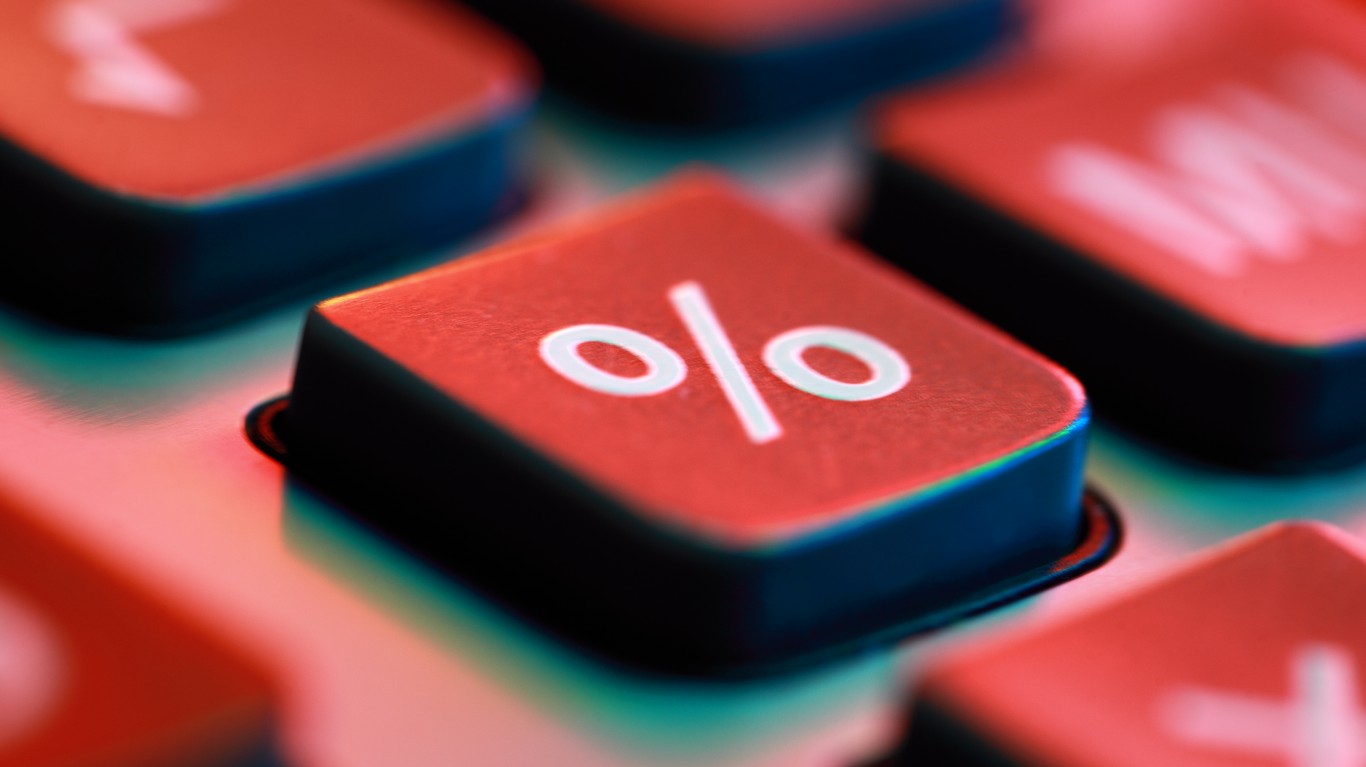Investing
Federal Reserve on Fastest Rate Hiking Cycle Since the Early 1980s: Report

Published:

The US Federal Reserve is on the fastest rate hiking cycle in more than 40 years. Just last month, the central bank increased the benchmark interest rate by another 0.75% and claimed that it would resume hiking rates until it hits a “terminal rate” of 4.6% in 2023.
The Fed has already seen positive improvements, with inflation easing in August. The central bank is looking for evidence that core inflation is on a strong 2% trajectory beyond 2023. However, BlackRock analysts don’t believe in a “soft landing,” expecting a recession that would wipe out 3 million jobs.
Inflation in the U.S. eased to 8.3% in August, from July’s 8.5%. The figure still exceeded the Wall Street expectations of around 8% on an annual basis. Moreover, inflation increased by 0.1% month-over-month, while analysts were projecting a 0.1% drop.
While August’s CPI was somewhat better, particularly when compared to June’s 9.1%, the widespread opinion remained that the FED would raise interest rates by 75 bps for the third consecutive time. And last week, the Fed hiked benchmark interest rates by 75 bps in a bid to further arrest the 4-decade high inflation.
Inflations appear to be on a downward trajectory, but the central bank seems determined to continue rising rates — at least until it hits 4.6% by the end of 2023. This might help bring inflation down to the 2% target, but it would cost a recession, according to BlackRock analysts.
In a recent report, BlackRock analysts said Fed’s predictions are too optimistic. “This soft landing doesn’t add up to us,” they said, claiming that achieving the 2% inflation target would cost the US a recession that would wipe out 3 million jobs. They said:
“We think quashing inflation that quickly amid constrained production capacity would take a recession – a roughly 2% hit to economic activity and 3 million more unemployed. We think the Fed is not only underestimating the recession needed but ignoring that it’s logically necessary.”
The report detailed that two factors are currently driving inflation. The first one is labor shortage because those who left the workforce during the pandemic haven’t returned yet. Second, the economy “wasn’t set up to match consumer spending’s massive shift from services to goods that haven’t fully reversed even as the world moves on from the pandemic.”
The analysts said that central banks can’t fix these constraints. In return, they make a “brutal trade-off,” triggering a deep recession by hiking rates. “The Fed’s forecasts don’t acknowledge this trade-off. It reconciles this by assuming production constraints will rapidly dissolve, causing inflation to fall quickly.”
Following the recent hawkish central bank actions, stocks slid while yields surged. The Fed adjusted growth and unemployment forecasts, but BlackRock analysts believe it’s “too optimistic.” They concluded:
“We think the Fed is underappreciating the economic damage needed to bring inflation down quickly to target. We see persistent inflation and recession next year in the US.”
This article originally appeared on The Tokenist
Thank you for reading! Have some feedback for us?
Contact the 24/7 Wall St. editorial team.